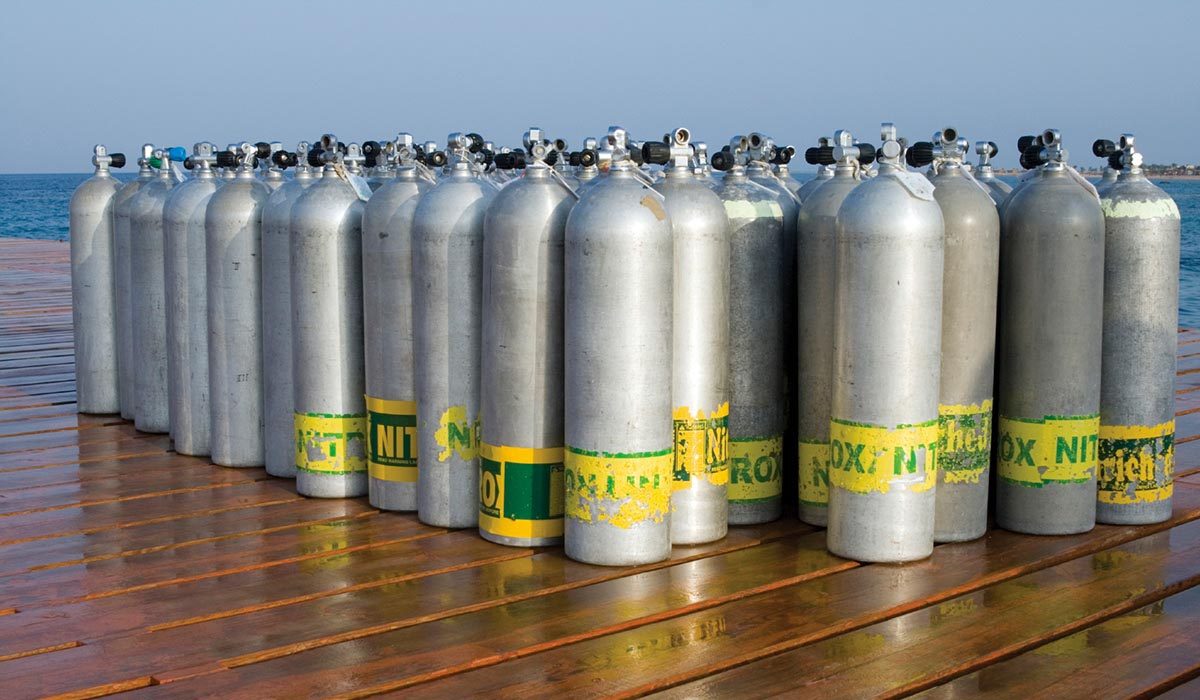joebob24
Contributor
Disregard
Welcome to ScubaBoard, the world's largest scuba diving community. Registration is not required to read the forums, but we encourage you to join. Joining has its benefits and enables you to participate in the discussions.
Benefits of registering include
Is it possible that the Ratio ix3m2 that I own counts Surface Interval Time wrong?
This will explain why the CNS is higher in the Ratio compared to the Gramin when starting the second dive.
This will also explain why the NDL is shorter during the second dive.
For example I had 90~ minutes surface interval between the dives, but maybe the Ratio counted just a couple of minutes? Maybe because it went into sleep mode in between the dives? Maybe deep sleep?
Is there a way to confirm this from the logs? or any other way?
We do not have any other similar reports, I can't think of a way to confirm the hypothesis. In any case, we will perform additional checks, just to be sure.
You can set the surface interval time in the DIVE SET2 menu of your iX3M2 (you can set after how many minutes iX3M2 should "close" the dive log. 1, 2, 5, or 10 minutes), but this does not affect tissue desaturation, the depth is still 0. In fact, the iX3M2 continues the tissue desaturation using a timer that only resets after the desaturation has ended.
We know that we are more conservative than other computers in calculating CNS, but this does not affect the deco calculation. We are considering whether to slightly reduce the degree of conservatism on the CNS, but first we want to be sure that it is the right thing to do.

No. Never had.Do you have multiple nitrox gasses programmed into the computer that you aren't actually carrying on the dive? Kind of a long shot, but some of the dive computers will assume that you will switch to the highest oxygen concentration on your accent and will ascend at a certain rate.
Shearwater, for example, will not show a deco obligation even when you have reached your GFhigh because it assumes that you are going to ascend at 30' per minute and there will be some off gassing on accent. If you have a higher oxygen content gas programed than you are actually carrying, then it gets worse because it assumes you will switch to those gasses. I am not sure if Ratio handles this the same way.

Only Enable (Turn On) Gases That You Will Actually Use on a Dive
One of the most common tech support questions we get is along the lines of: “My dive computer said the 20ft stop was supposed to take 4 minutes, but it actually took 10 minutes to clear. What went wrong”? The answer is almost always that a more oxygen rich gas was enabled (turned on), but never...shearwater.com
There are several different ideas on oxygen exposure.@pisauron
I can't imagine how Ratio is more conservative than other computers in calculating CNS O2. I would imagine that they use the NOAA table for exposure like everyone else. They must us a longer half-life of O2 elimination than the 90 min that others use. I can't find anything in the user's manual, you may want to ask them.
That doesn't explain the considerably shorter NDL
Pay special attention on your future dives and let us know what you see, thanks.
Please provide some references for me, thanksThere are several different ideas on oxygen exposure.
Please provide some references for me, thanks

Thanks, the DAN article does not mention the NOAA exposure table or the half life of O2 elimination vs. cliff vesting after a 24 hour period.
Oxygen Toxicity
Oxygen toxicity happens with partial pressures overwhelm the body. Severe cases of oxygen toxicity could cause cell damage or other symptoms.dan.org
You can find all kinds of opinions on how long it takes to "reset the O2 clock" and how fast pulmonary O2 danger passes and whether or not the buildup affects CNS toxicity as well as what are safe levels of O2 partial pressure.

